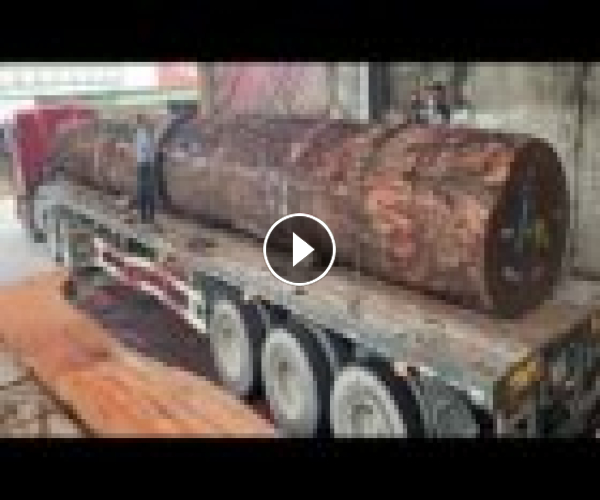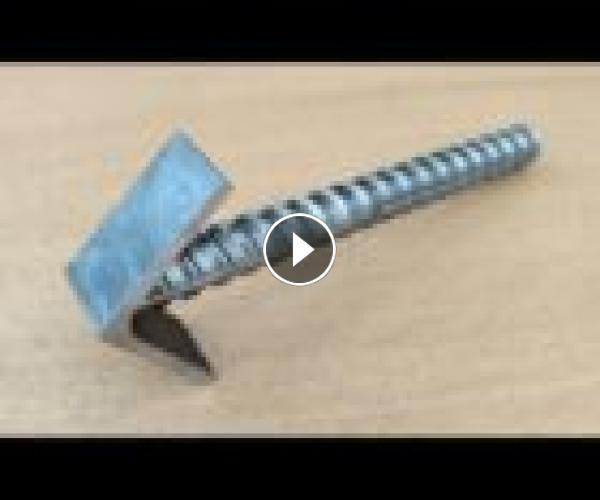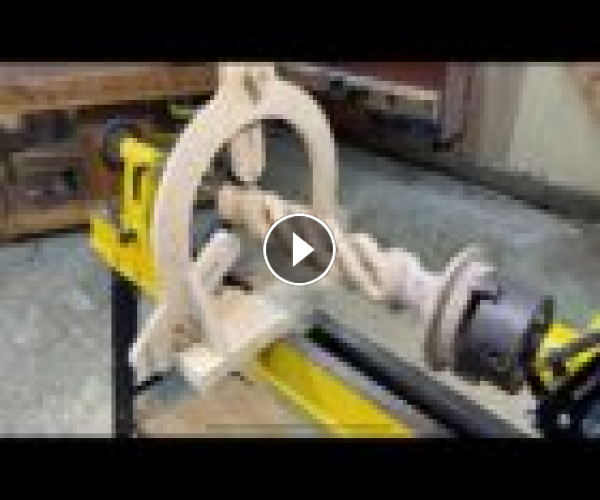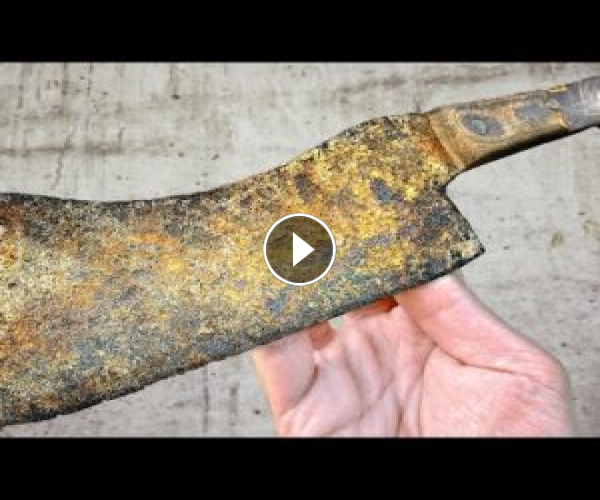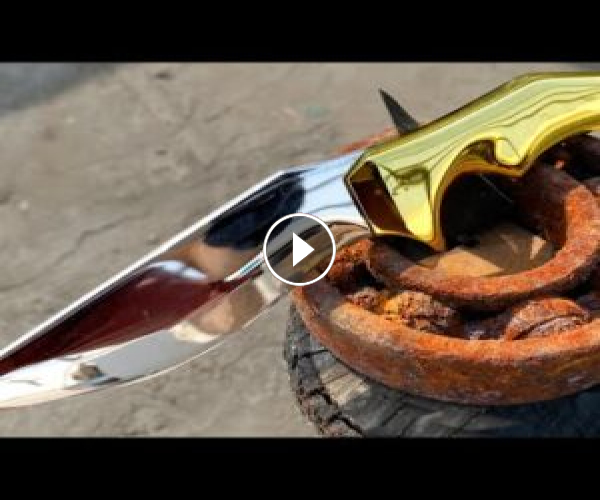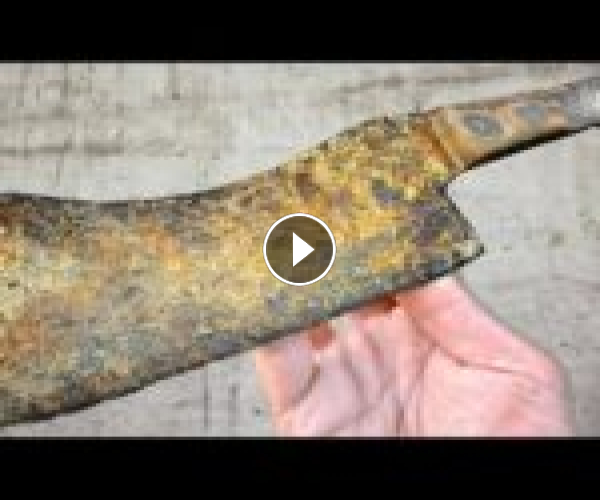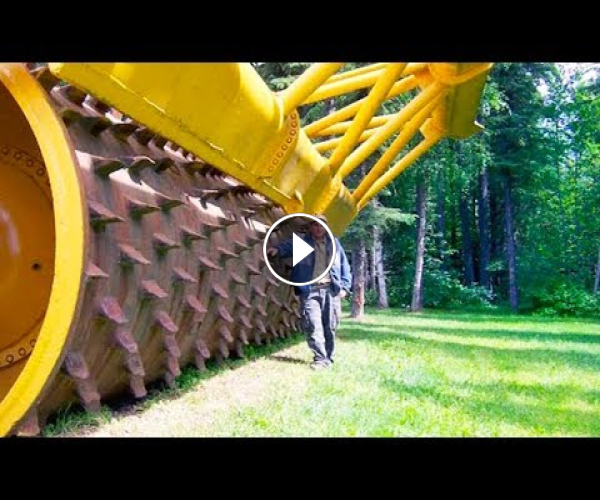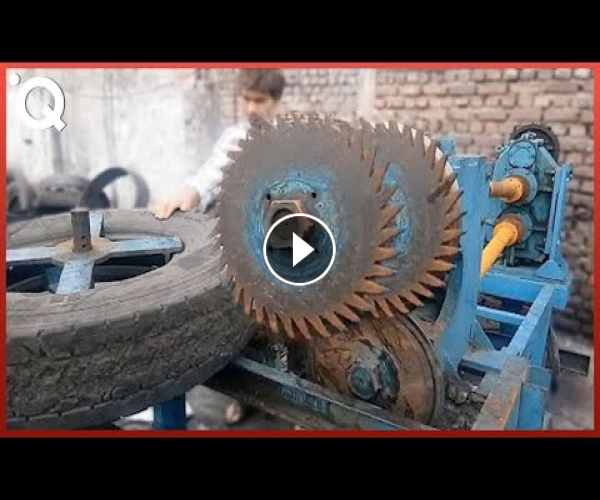9 Steps to Winterize Your Power Tools
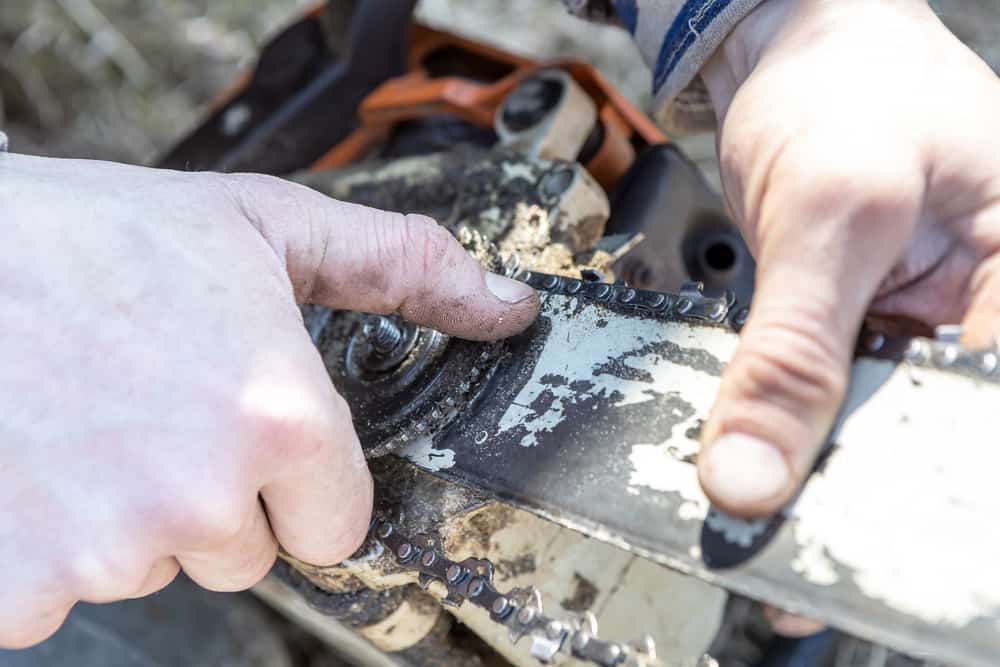
We tend to use different tools at different times of the year. After all, we don’t have much use for lawnmowers when there’s a foot of snow in the yard. When you’re putting equipment away for the season, it’s important to winterize your power tools properly. This way, they’ll stay safe and secure during the cold months and will be ready to leap into action once you need them next spring.
Read on to learn the steps you’ll need to take to winterize and store all your power tools effectively.
1. Empty Fuel
One of the worst things you can do with fuel-powered tools is to keep them full in storage. This is because fluctuating temperatures can really gunk up power tool motors.
Empty fuel into storage containers and add a bit of fuel stabilizer to it. Then clean out the tool as best you can with paper towels or old rags.
2. Remove Batteries
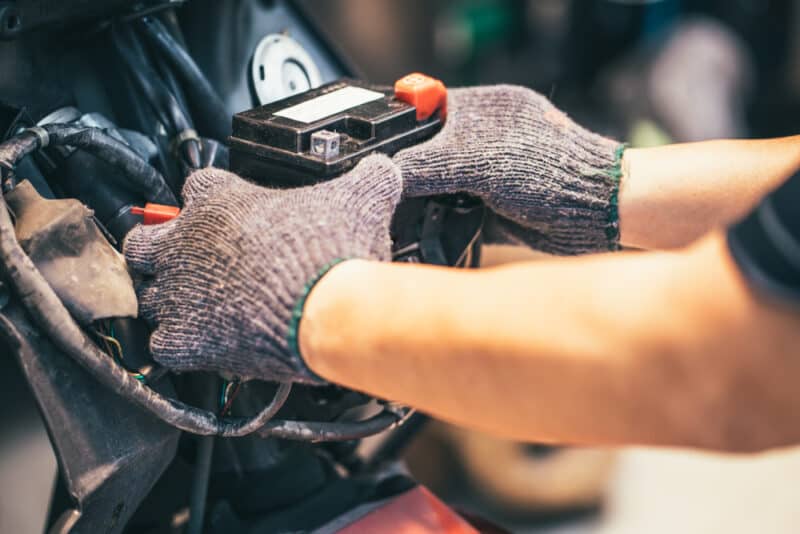
Much like leftover fuel, batteries can wreak havoc on power tools if left in them. In fact, they can destroy tools if they degrade enough that the casings leak battery acid. This can damage your tools to the point of no return, and you’ll either have to replace the engines or the entire tools completely next spring.
Keep the batteries together in a large Rubbermaid container. Wrap each individually, then place them
3. Clean Everything Thoroughly
This might go without saying, but it’s important to really clean all your power tools before storing them for the winter. Those bits of organic matter that may be clinging to chainsaw bits or lawnmower blades can rot while in storage. Then you’ll have to spend a fair bit of time scouring the mess off of those tools with steel wool and brushes.
Remove any filters, empty them out, then clean and dry them before reattaching them. Clean all the detritus out of lawnmowers, trimmers, power saws, etc. If there’s oil and grime built up anywhere, use vinegar or some other eco-friendly solvent to clean them up.
Save yourself a lot of grief next spring by making sure all of these are squeaky-clean now. It’s a pain to have to scrub the rust off your equipment, and even more annoying if you need to shell out a ton of cash to replace expensive equipment that’s past saving.
4. Store Little Pieces Separately
Do you know those strings on trimmers that whip around to slice away plant matter and bracken? If you leave those in your trimmers over the winter, they can get quite brittle and deteriorate. I’ve made the mistake of leaving them in the trimmer during -30 temperatures, and then they just break apart when I try to use them the following spring.
Remove any little working bits and store them together somewhere safe and warm. I keep all of mine in a clear plastic container marked “POWER TOOL STUFF” and store it in the hall closet.
5. Create a Maintenance Charging Station
Cordless power tools have battery bases that they plug into. These batteries should be charged completely before you put the tools into storage, and then recharged to top them up every 30 days.
The easiest way to do this is to create a charging station where your tools are stored. Keep these bases all together in a waterproof tote like a big Rubbermaid container. Store this next to an area where you have easy access to a power bar.
Then create a calendar reminder to go off every 30 days to remind you to plug them in. This shouldn’t take long, but it will keep everything topped up perfectly over the colder months.
6. Tighten Everything Up
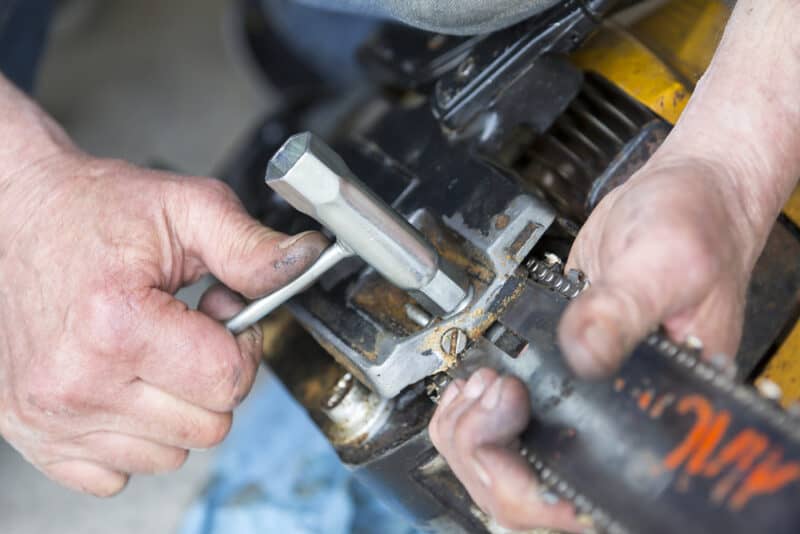
You’ve likely noticed that various tools need to be adjusted every time you use them. One of my Husqvarna chainsaws is notorious for this: I have to keep a pair of pliers handy and tighten the mechanism after every major cut.
Check all of your tools’ bolts, screws, and other adjustable parts. Keep pliers or multi-tools handy so you can tighten them into place. This might seem like an unnecessary step, but if you’re putting in the effort to winterize your power tools, you might as well be thorough. Your future self will thank you, even if it seems annoying in the present moment.
7. Get the Lube
One of the best ways to keep your tools from rusting or gumming up over the winter is to grease ’em up good and proper. Choose the right type of lubricant for that particular tool and run it through all the essential moving parts. Check each items’ manual (which of course you’ve saved for such an occasion…) and get their manufacturer-approved lubricants. These can include tung oil, silicone lubricant sprays, etc.
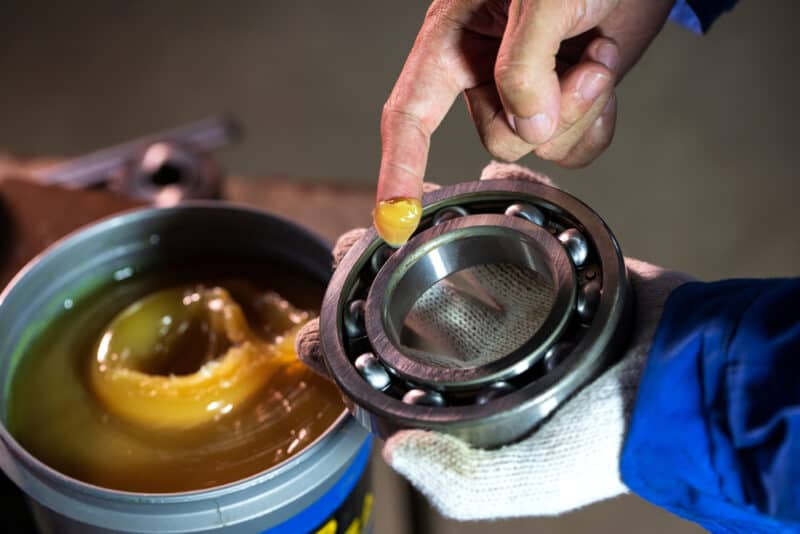
Be liberal with ye old goodly grease, as it’ll undoubtedly slough off a bit in storage.
Use protective gloves and some old rags to lubricate exposed cutting edges on mowers and saws. It’s generally best to avoid slicing off bits of oneself while doing equipment maintenance.
If there are any chips in exterior paint that you don’t feel like touching up well, brush over them with some grease instead. This should keep moisture off and will prevent the exposed bits from rusting.
As an aside, it’s good to keep a can of lock de-icer with your various lubricants. Keyed ignitions on generators, tractors, and tractor mowers can seriously lock up in cold weather. If you find that you need your generator in the middle of February, you’ll be able to find the de-icer quickly and easily.
8. Wrap Them Up
Wrap vulnerable items in burlap, tarps, or waterproof canvas in preparation for storage. If there are delicate hoses and pipes being put into storage, then wrap them in foam or neoprene foam wraps and tape those shut.
Here’s a tip: a cheap way to protect these lines is to get yourself some of those foam pool noodles. They’re on sale at the end of the summer or in early autumn and do a great job at keeping hoses and lines protected.
Use waterproof protection whenever possible. If you live in an area that gets seriously cold winters, then try to double layer your coverings.
9. Protect Them From Water in a Clean, Dry Place
You likely already know this one, but it’s probably the most important tip of all. Nothing will annihilate your power tools like unwanted moisture during the winter months. In fact, water is pretty much public enemy #1 for power tools.
This should preferably be a fairly well-ventilated area that isn’t prone to any kind of leaks, nor random gusts of detritus blowing through it. Sheds are ideal, as are garages and unfinished basements. If you have outbuildings that are fairly dry and clean, use these. If they’re dry but not terribly clean yet, get the ShopVac out and vacuum them well before storing your tools there.
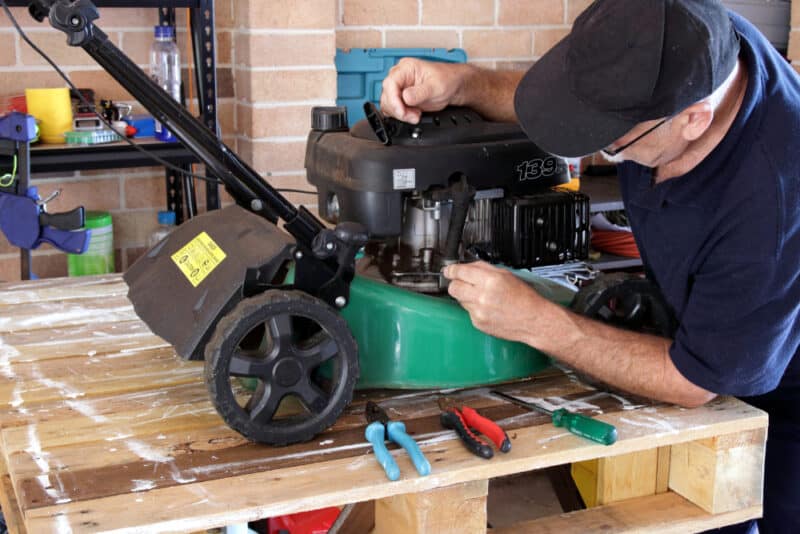
Store these items raised above ground level whenever possible. We have wooden pallets for mowers and other large equipment, while chainsaws and other hand-held power tools are stored on industrial wooden shelves. This doesn’t just keep moisture from condensing around your tools: it also keeps mice and insects from sneaking in and making themselves at home.
Now that you know how to winterize your power tools, there’s no time like the present to get them sorted. If you’re still using some of them to take care of chores around the homestead, then set those aside. Take care of the ones that won’t be used again ’til next spring first. In fact, if some of these power tools may be used throughout the winter months (such as chainsaws), then store them within easy reach.
for more: https://morningchores.com/winterize-power-tools/?fbclid=IwAR1-OhLCQfrgELKO4efFcxjsU4suRuItGYNZBbsPVIfTunMLvPBPNp-8tIo
- Site Comments
Releated Posts
Similar pages
- Great Ideas From Wooden Pallets // How To Build Your Own Pallet Fence
- TOP 10 AMAZING USEFUL HOMEMADE MACHINES WHICH ARE ON ANOTHER LEVEL
- Amazing Process of Match Making
- ❌ NO GASTE DINERO! Este SIMPLE INVENTO es la SOLUCION que puede estar necesitando!
- Making Chain Saw to steel cutting
- magical liquid + magic powder / Chemical reaction of CA glue and saw dust [Woodworking Tips]
- STIHL Tree cutting | Village woodpecker
- Fire + Epoxy
- Mind-Blowing: Heavy-Duty Equipment And
- Man Builds 2-Room Log
- The Largest Wood Processing
- Handyman Tips and Hacks
- a homemade iron bending
- Wood Cutting Skills //
- Spiral lamp with shade.
- EXTREME FASTEST OPERATOR DRIVING
- Extreme Dangerous Biggest Logging
- Extreme Dangerous Biggest Wood
- Rare trees are more
- The 5 Tools that
- Most Read
- NEW
- COMMENT



